The Pillars of Progress Virtual Course
As riders we make upwards of 35,000 decisions each day. Many of those decisions, about our riding and our horses, are made automatically without conscious consideration. In 25+ years of helping riders overcome their personal challenges in their riding, I have identified 5 essential areas of consideration that contribute to every problem and are ultimately THE FOUNDATION OF EVERY SOLUTION. The goal of this 4-part course is to teach you how to use the Five Pillars of Progress and empower each of you to use the pillars in making good decisions for yourself that allow you to safely make progress toward your goals.
I have been teaching riders The Five Pillars of Progress for over 20 years. This framework provides a foundation for riders to make better decisions for themselves. It is especially helpful when people begin to have issues or problems in their riding and their relationship with their horses. When riders intentionally consider each pillar and revisit the Pillars of Progress often, they are empowered to overcome their challenges. This short course is designed to both challenge and support you on your horsemanship journey. We are excited to share this powerful perspective with you and guide you in ways to use it effectively. Check it out here – Pillars of Progress ~ Paul
📸 Erin Gilmore // Erin Gilmore Photography






 This process is natural and is not a cause for concern if we have the understanding and tools to effectively deal with our negative thoughts and feelings, and bring our learning selves back on line.
This process is natural and is not a cause for concern if we have the understanding and tools to effectively deal with our negative thoughts and feelings, and bring our learning selves back on line.
 I spend a lot of time reading, listening to podcasts, and attending trainings on high performers and performance psychology.
I spend a lot of time reading, listening to podcasts, and attending trainings on high performers and performance psychology.
